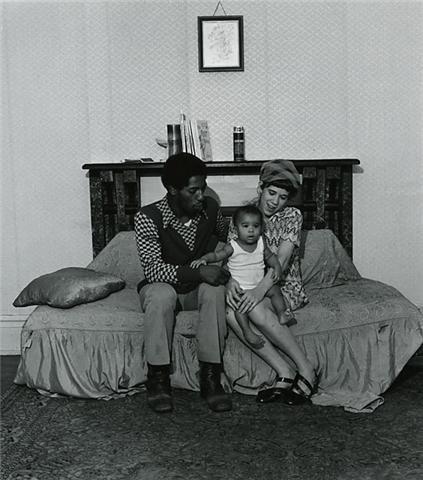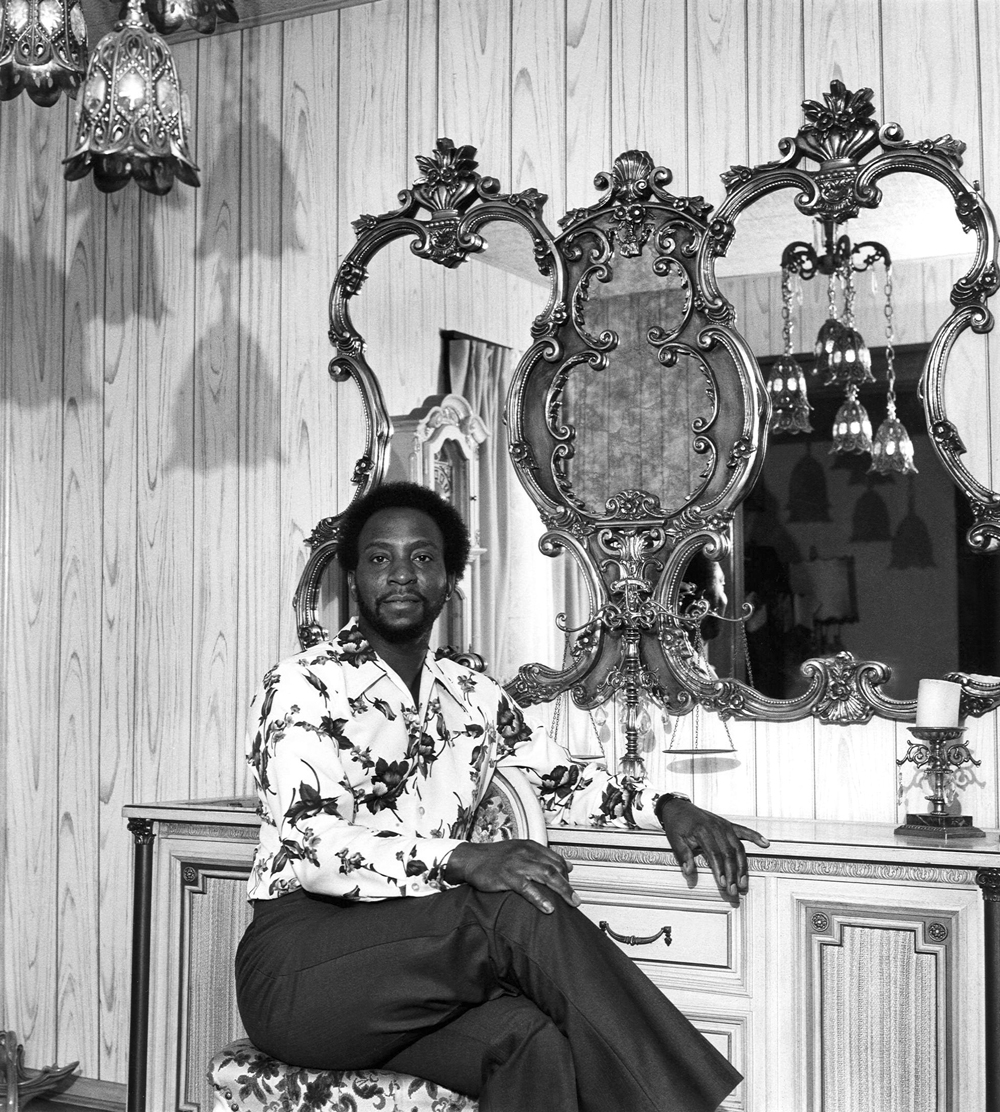But I can't stop reading. So I'm going to start taking notes on the the entries I find most provocative, starting with #45*:
"After Freud, after Einstein, the novel retreated from narrative, poetry retreated from rhyme, and art retreated from the representational into the abstract." In the margin I wrote, "glib & false." What bothers me in this statement, representative of a tone throughout the book, is the definite article: "the novel."Such grandiose statements remind me of the singularity with which some fundamentalists speak of gay people: "the gay man," as Pastor Ted Haggard used to say, before his regular male escort outed him as one. For Ted, the definite article elevated his enemy; for champions of the novel, the definite article elevates their sense of themselves as at the center of the only conversation about fiction worth having. The novel doesn't exist; only novels, many of which remained firmly committed to narrative.
#47** galls me for a similar reason.
"I listened to a tour guide at the National Gal'ery ask his group what made Rothko great. [Various possibilities follow.] The tour guide said 'Rothko is great because he forced artists who came after him to change how they thought about painting.' This is the single most useful definition of artistic greatness I've ever encountered."To which I responded in the margin: Each entry sillier than the last. Their problem is the distraction of "great."
But thinking on it now, I realize I'm disqualified from judging this commentary, since I don't believe there can be a "useful definition of artistic greatness." Such a definition isn't very useful, since it can only be definitive in the cliquish imagination of those who accept it. "Imagination" is perhaps too generous a word for those who cannot conceive of art beyond the world in which Rothko looms large. Poor Rothko; held captive by little minds for which size really matters.
#62*** concerns Brian Fawcett's Cambodia: A Book for People Who Find Television Too Slow, which, in my youth, was a book for young men who wanted young women to know that the A&P -- that'd be Art and Politics, capitalized -- left them no time for anything less than maximum sexual and romantic intensity. Nonetheless, Fawcett can't be blamed for this remark about his book, in which the top two thirds the pages are filled with fiction about media consumption and the bottom third features an essay on the Cambodian genocide:
"The effect of the bifurcated page is to confront the reader with Fawcett's point: wall-to-wall media represent as thorough a raid on individual memory as the Khmer Rouge."Why stop there? How about: "TV, lacking greatness, represents as thorough a destruction of humanity as Auschwitz." Or: "Pop stars who aren't quite trashy enough for me to celebrate ironically represent as complete an assault on our ears as the machetes of the Rwandan genocidaires."
See, that's the great thing about insisting on no distinctions between fiction and nonfiction: you're free to draw on both in the service of literal idiocy at once.
#65****, on the preferred genre label of these bold pioneers, the "lyric essay":
"In fiction, lyricism can look like an evasion, special pleading, pretension. In the essay, it's apparently artistic, a lovely sideshow to The Real, that, if you let it, will enhance what you think you know."I believe this is from an advertisement for a penis pump called The Real.
#72***** More on the lyric essay.
"What happens when statistics, reportage, and observation in an essay are abandoned for image, emotion, expressive transformation?"The short answer, of course, is easy: kitsch. But I'm also reminded of a comparison my friend JoAnn Wypijewski once drew between the photographs of Milton Rogovin and Sebastio Selgado, both of whom set out to document the lives of workers. Selgado's work looks like fashion photography: it is lush, beautiful, lyric -- "a lovely sideshow to The Real, that, if you let it, will enhance what you think you know."
Pretty, no? Get that bit in the center, where the nameless worker looks almost like he's on a cross?
Rogovin, who recently turned 100, has been taking pictures in his adopted hometown of Buffalo, New York, since 1942. My favorite book of his is Portraits in Steel, images of steelworkers whom he has come to know over decades. Each is photographed at home and at work, and many are interviewed, as well. The steelworkers collaborate in their portraiture, especially at home, where many pose with favorite items. Yes, they "pose," but there is nothing artificial about the process. Each pose, for that matter, might be considered a form of reportage, on the part of the worker, and of observation, on the part of Rogovin, more truthful than the capture of brutal elegance on display in Selgado. Here is a sample that gives only a limited sense, since most of these images are stripped of their companions and their identifying details. Even so:
* Shields thinks citations are a distraction from Art. I don't, but I've tried to give his book a fair shake by commenting on his commentaries without immediately identifying their source, as his wish. In the index required by his publisher, he provides some scant bibliographical data, with the caveat that he "forgot" some it "along the way." Shields suggests you cut all of it out of the book. He presents this notion as a rebellion against the ownership of art (why, then, attach his name to the book at all?), but it strikes me more as an evasion of the specificity he seems to believe would reduce his Art to the lowly status of information. Here, then, is as much information as he could bring himself to provide: #45 is taken from Lorraine Adams, "Almost Famous: The Rise of the 'Nobody' Memoir,"Washington Monthly. Shields doesn't include such trivia as dates, for what hath Time to do with Art?
**The source of #47, on Rothko, is unidentified.
***Likewise #62. Just as well. The asshole who thought it witty to equate big media with actual murder is probably left unnamed.
****I was wrong. The source for #65 is Ben Marcus, "The Genre Artist," The Believer.
*****The source for #72 is lyric essayist John D'Agata, though Shields doesn't distinguish whether this quote is from D'Agata's anthology, The New Essay, or from Shields' conversations with him, also mentioned as a source. I happen to be reading D'Agata's About a Mountain right now, too, which has raised some related questions I'll have to blog tomorrow or the next day, after I've moved on to the passages from Reality Hunger about which I have sweeter things to say.






